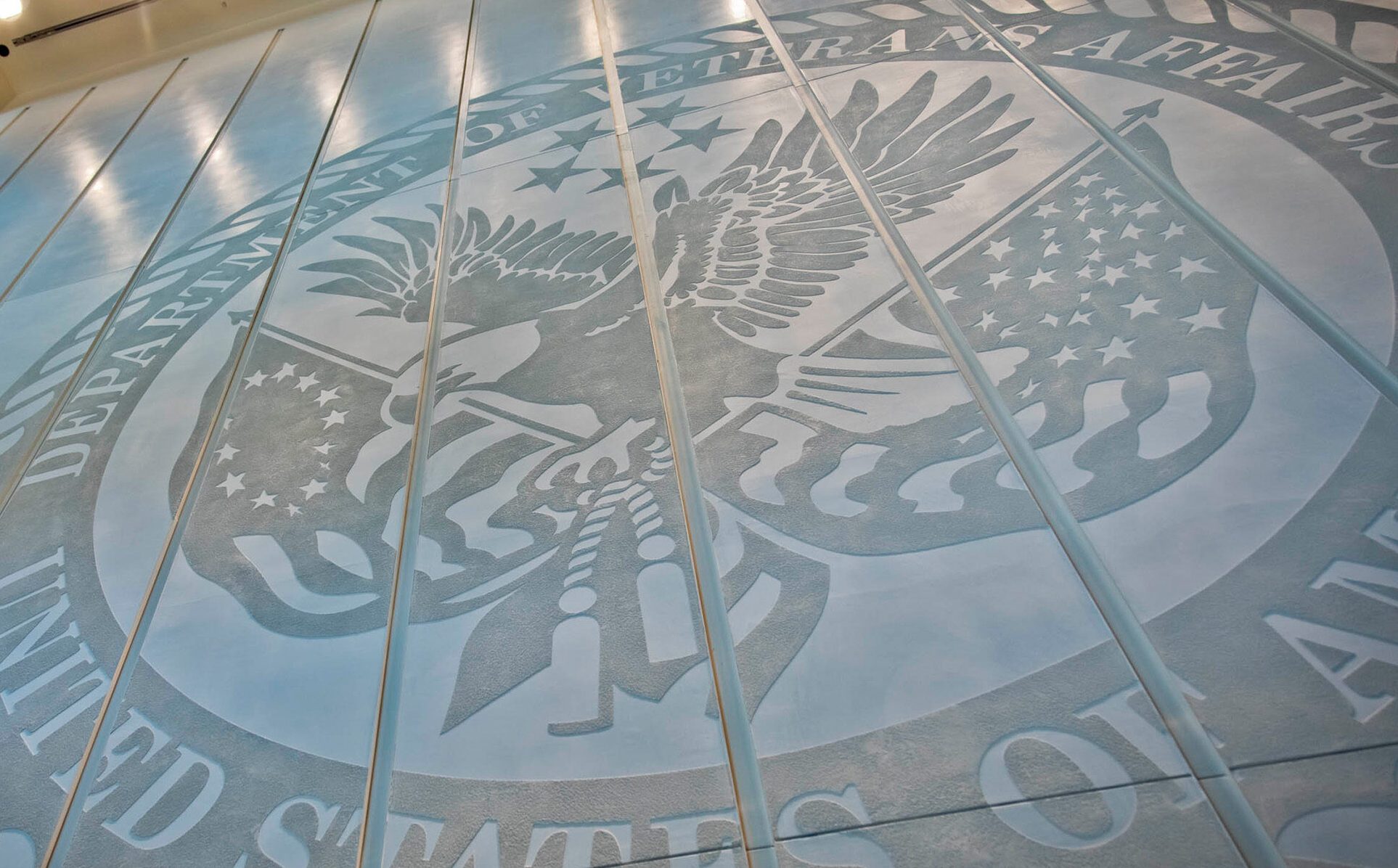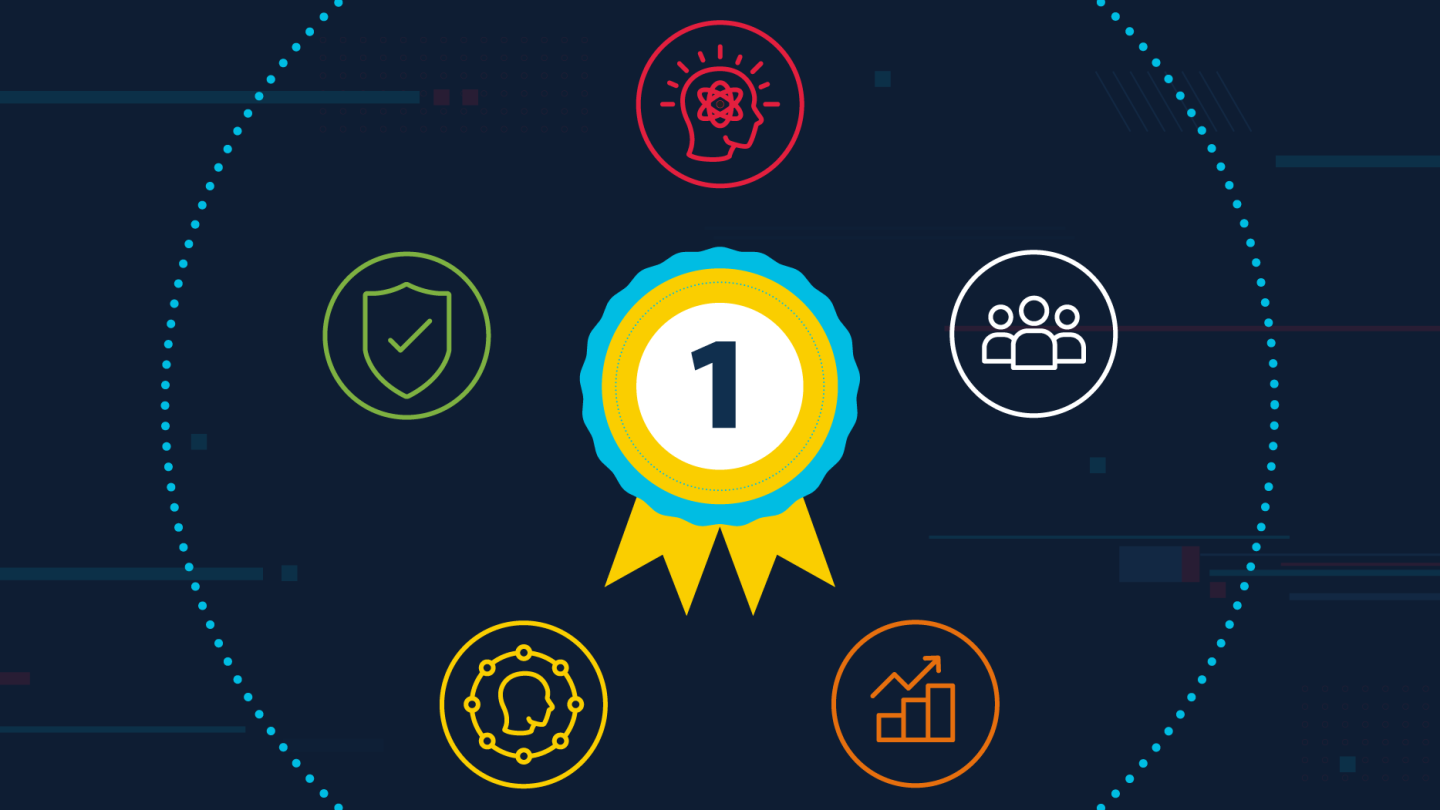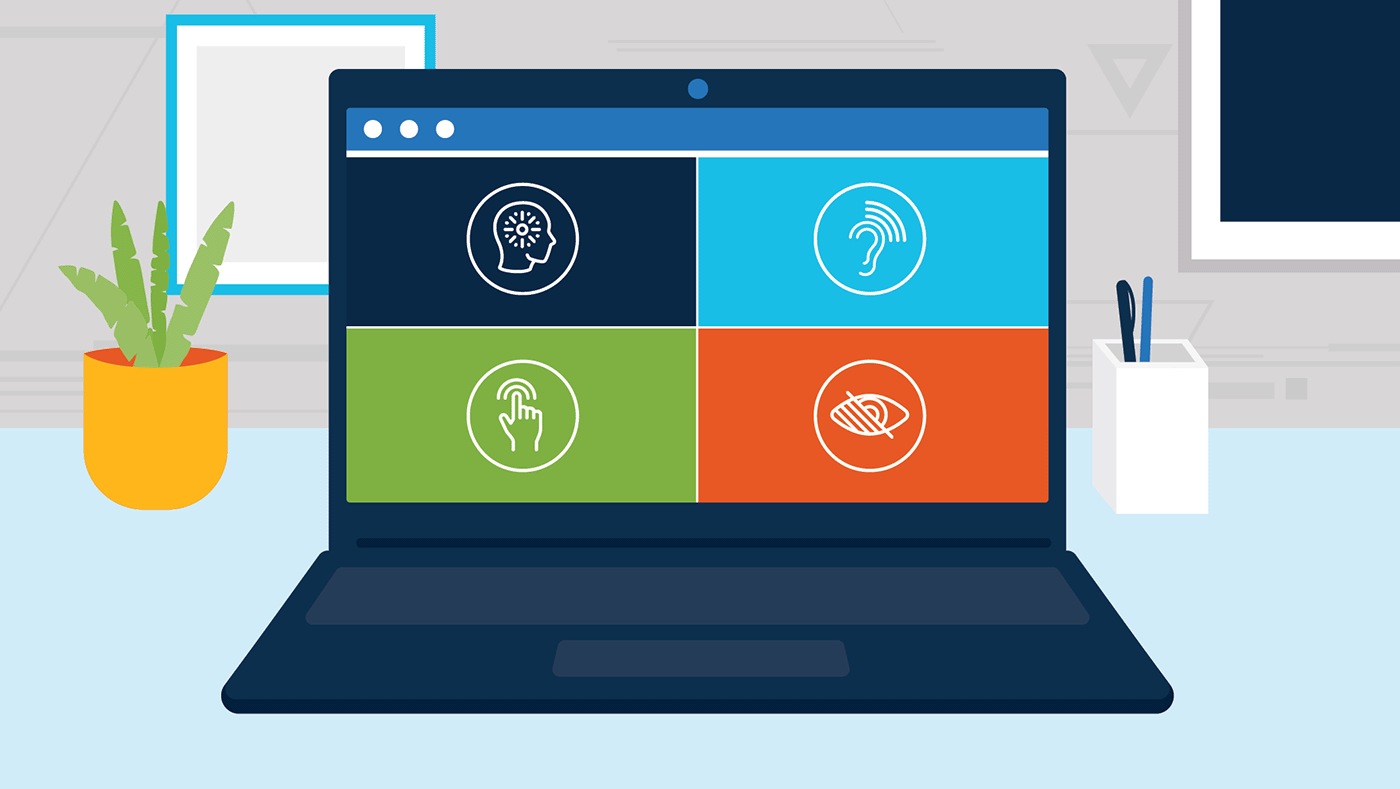Appears In
o celebrate International Women’s Day and Women’s History Month, the Office of Information and Technology (OIT) is highlighting several women across the organization who are dedicated to advancing our mission to create the best experience for all Veterans.
As Design Lead at Digital Service at Veterans Affairs (VA), Ms. Alexanderson is fighting to put Veteran’s needs at the heart of patient health care in VA’s largest health IT challenge to date — the multi-year transition to a new, multi-billion-dollar electronic health record system. Ms. Alexanderson is a 25-year pediatric cancer survivor, and came to VA because she has committed her career to engaging patients and citizens as active participants in improving their own health. Read on to learn about Ms. Alexanderson’s experience as a female leader in IT.
Why do you celebrate Women’s History Month?
I am the great-granddaughter of a suffragette. I come from a long line of female disruptors. I am grateful to every single one who had to fight for a vote, a seat at a table, an education, and more. They have made it possible for me to do the work I do today.
How do the women in your field make an impact on Veteran lives?
Female product leads, content leads, engineers, designers, procurement specialists — we all do it the same way that anyone else does: by always advocating for Veterans at every key decision moment throughout a product’s lifecycle, and making sure Veterans have a voice in the process too. The women I work with are fiercely committed to creating services that deliver better outcomes for Veterans. They are smart women who ask thoughtful and provocative questions, and do not accept the status quo.
What has helped you become a strong woman in leadership at VA?
I work with a phenomenal team. I have supervisors and peers who share the same values and work ethic I do, and are committed to making an inclusive, accessible, transparent, and supportive workspace, which makes it possible for me to push every day to do right by our Veterans.
As we take time this month to pause and honor profound women in history, who is it that you look up to most as a woman, and why?
The classic female tech pioneers are truly inspirational. The women technologists I’ve been looking up to lately are women who have forged a path in government technology and advocated for delivering a better government to users. Women like Megan Smith, the first female Chief Technology Officer (CTO) of the United States, and Susannah Fox, the former CTO of the U.S. Department of Human Health and Services, made it cool for women designers, engineers, product managers, etc. to do tours of duty in government and continue to have tremendous impact.
What do you hope for women in society as history continues?
I hope our education system evolves to engage girls and women earlier in life in engineering and human-centered design (HCD). I feel fortunate to have had some early exposure to HCD, but I wish I had had more exposure to coding. HCD and software engineering are great pathways to so many impactful careers.
What advice would you give the young women who will be part of the next generation’s OIT culture?
Do not let imposter syndrome get the better of you. Be willing to roll up your sleeves and dig in on gnarly problems. If there’s something you don’t understand, take the initiative to learn about it. Ask questions. You do not need to know all the answers. Reframe problems and questions from your users’ perspectives, and then go engage them to help you find user-focused solutions.
What do you like about working in OIT?
OIT is taking a huge leap forward in doubling down on HCD. For an agency like VA to place HCD at the center of its IT modernization strategy, it sets a precedent within government that we can deliver better outcomes by bringing our users into the conversation and delivering products that truly meet their needs.
Leaders like Ms. Alexanderson make our accomplishments in OIT possible. To learn more about women making an impact in OIT, follow us on LinkedIn and Twitter.






